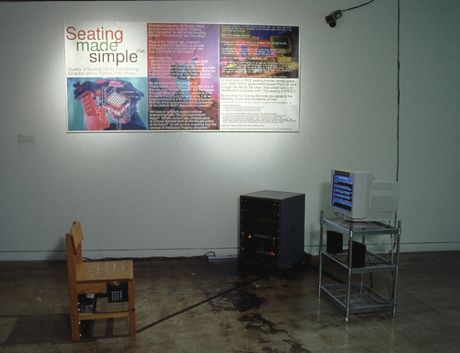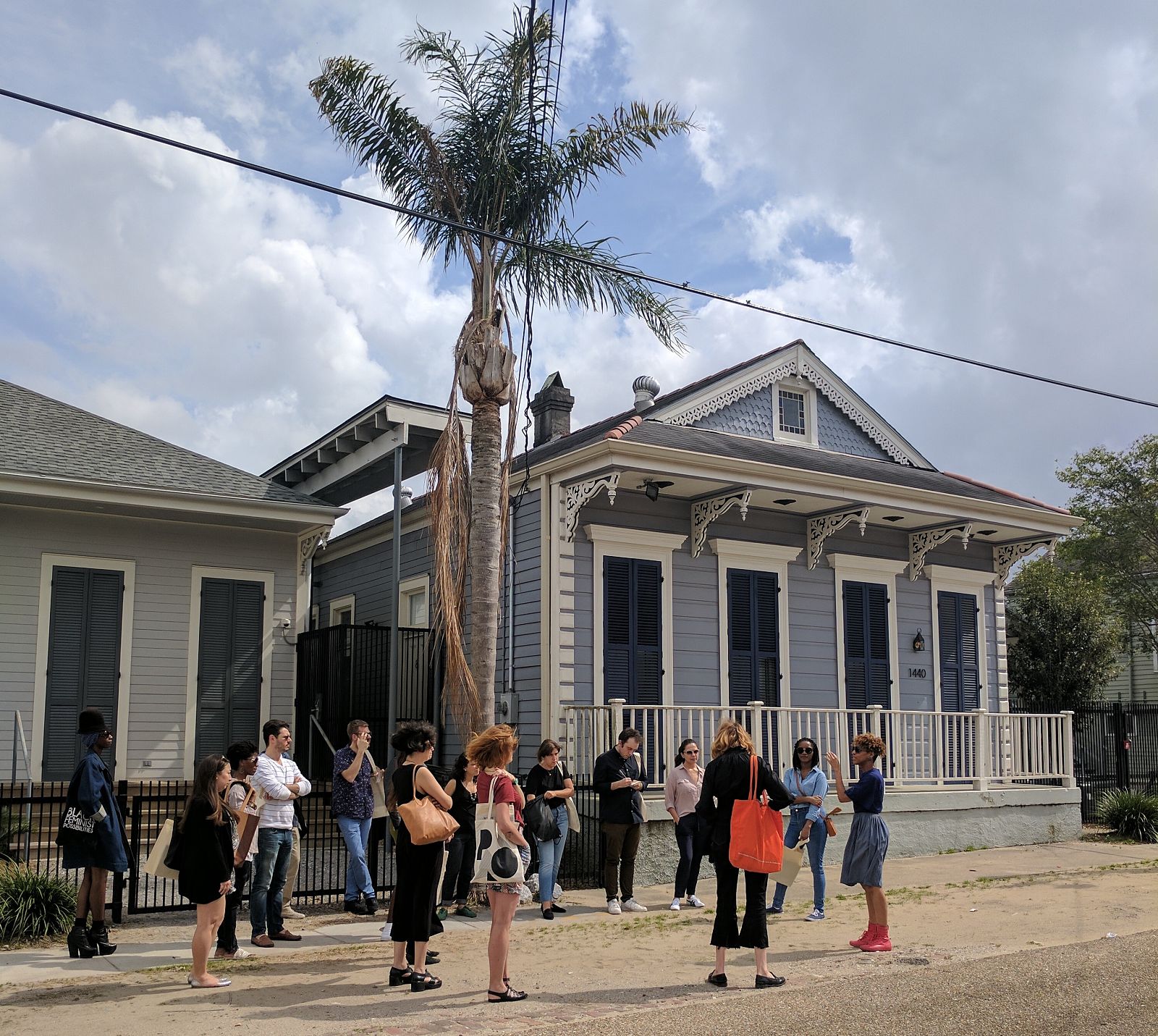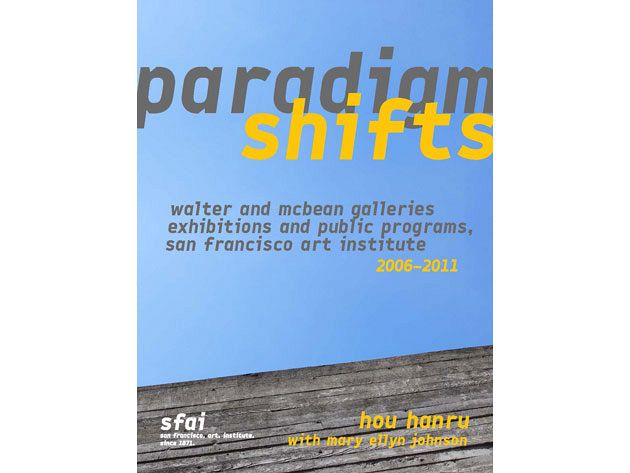Telematic Connections, like many of the works in it, is a hybrid affair. Part history, part speculation, partly onsite, partly online, it crosses boundaries between art, communications, and popular culture. Its four sections include installation works, past and recent film clips, online projects, and a "telematics timeline." Through these various media, the exhibition presents the ways in which artists use technology—and the Internet—to explore both the utopian desire for an expanded, global consciousness and the dystopian consequences of our collective embrace, willing or not, of computer-mediated human communications. At the same time Telematic Connections places this emergent work within a historical framework.
The eight installations that comprise the "Telereal" component of this exhibition use the Internet and computing to explore this mediated embrace between parties, whether human to human, human to machine, machine to machine, or even human to nature. Here, as well as in the ten online projects in the "Datasphere" component of the exhibition, what the visitor-participant does in the galleries affects (and is affected by) someone or something somewhere else in physical space. "The Virtual Embrace" signals this shift from the viewer as an observer to embracing us as a participant, integral to the work-process of art.
While Telematic Connections presents the possibilities for connections and affiliations, it still acknowledges a persistent question about connective new media. Artist, theorist, and teacher Roy Ascott stated it poignantly already in 1990, "Is there love in the telematic embrace?" Is there content besides technology? Engagement beyond entertainment? A message that is not only the medium?
Telematic Connections is not fundamentally about technology. Nor is it an attempt to define a new genre of art practice. It is about what MIT computer scientist Michael Dertouzos calls "the forces of the cave"—some of the eternal human traits that have never left us, including the desire to connect, even to merge with another—but in today’s world of ubiquitous computing and global networking.






